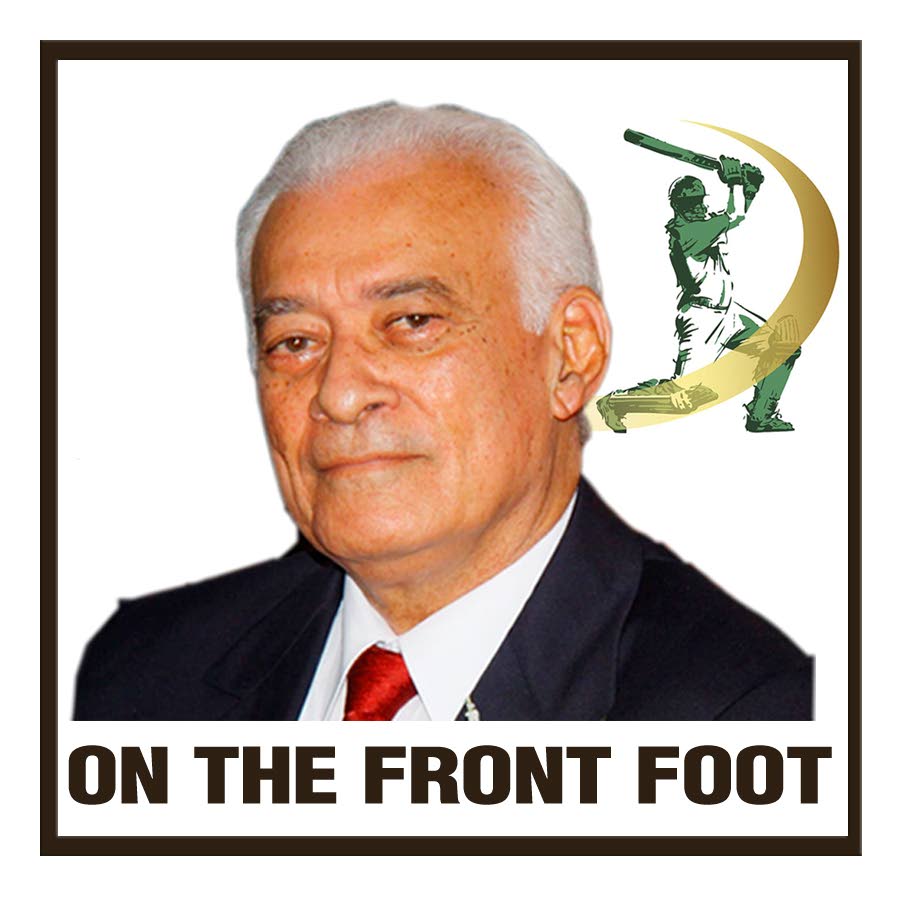West Indies cricketers influence the start of one-day cricket

WEST Indies (WI) won the previous two T20 World Cups in 2012 and 2016. Marlon Samuels’ excellent batsmanship in 2012 and Carlos Brathwaite’s memorable batting climax in 2016 completed fantastic wins for the Caribbean cricketers under the faultless leadership of Darren Sammy. The cricket world took notice and West Indian cricketers were hailed as the best cricketers in this format.
In 1975 and 1979, WI won the first two One-Day-International World Cups through the brilliant batting of Clive Lloyd in 1975 and Viv Richards in 1979. Lloyd was the successful captain in both editions.
WI cricketers smoothly moved into limited-overs cricket through their natural disposition to compete plus the aggressive nature they possess.
WI played a very influential part in the origin of professional one-day cricket. We should be very proud West Indians regardless of our decline in over two and a half decades. Ever since WI began playing cricket in the nineteenth century their cricketers have been known to have certain characteristics that no other country possesses. A mixture of flamboyance and flair, an elegance coupled with bravado plus a passion for the game that eventually became a part of WI culture.
In 1958/59, England toured Australia, an Ashes tour. In those days, there was no cricket game that consisted of a limited number of overs. The tour comprised first-class games and Test cricket. During the first Test, Australian cricket fans were upset with the slow scoring of both teams, together locked in a battle of attrition. The scoring was below 150 runs in a full day’s play every day. England scored at 23 runs per 100 deliveries, with Australia at 34. Crowds grew smaller and more abusive. The English press was livid at their players.
The following year, just after Christmas 1959, the English team arrived in Barbados for a tour of the West Indies. The Test matches were increased to six days. Still, there were five draws and a solitary win by England in the second Test, the one with the riot at the Queen’s Park Oval when Charran Singh was run out. It was another boring Test series involving the Englishmen.
The year before, the Aussie spectators were bellowing for brighter cricket, but this time the cricket correspondents from Australia and WI took up the cry. After the English tour, classy batsman Frank Worrell was invited to lead the West Indies on their tour to Australia in 1960/61.
On his arrival “Down Under” Worrell was peppered with questions from Aussie journalists on whether his team would be playing bright cricket. The elegant and stoic Barbadian replied, “We will be playing our natural game,”
And so it happened, the greatest cricket tour ever.
The cricket reports of the world went wild with excitement throughout the five-Test series with both captains, Sir Frank and Richie Benaud, ensuring their teams played cricket to win.
After that tour, Aussie cricket fans in their hundreds of thousands flooded the streets of Melbourne, to say a grateful farewell to a WI team that brought back glory to the game of cricket. The entire side waved like royalty from open-decked vehicles to Aussie enthusiasts.
As a result of the series, administrators in England came up with a plan to improve the dying professional county cricket with a more exciting spirit and introduced a limited-overs game of one inning to see if it would work.
That was the birth of limited-overs cricket of 60 overs per side on a knock-out basis with all 17 first-class counties. The year was 1963 and WI was the touring team that summer in England. And at the end of that season English cricket had improved the balance sheet to the extent that the authorities decided on a whole-scale transformation. Instead of having one touring team each summer they introduced the twin tours. That was done to bring back the popular entertaining WI team in 1966, since they weren’t due to return until 1971.
This prompted an opening-up of counties in 1968 to overseas players, mainly the popular West Indians, a maximum of two per county. Before that, to join a county, one lost home status and could no longer represent one’s country. Many changes had to be made to employ the attractive cricketers from the Caribbean. This same year another limited-overs tournament, of 40 overs, was launched.
T20 followed in 2003.


Comments
"West Indies cricketers influence the start of one-day cricket"